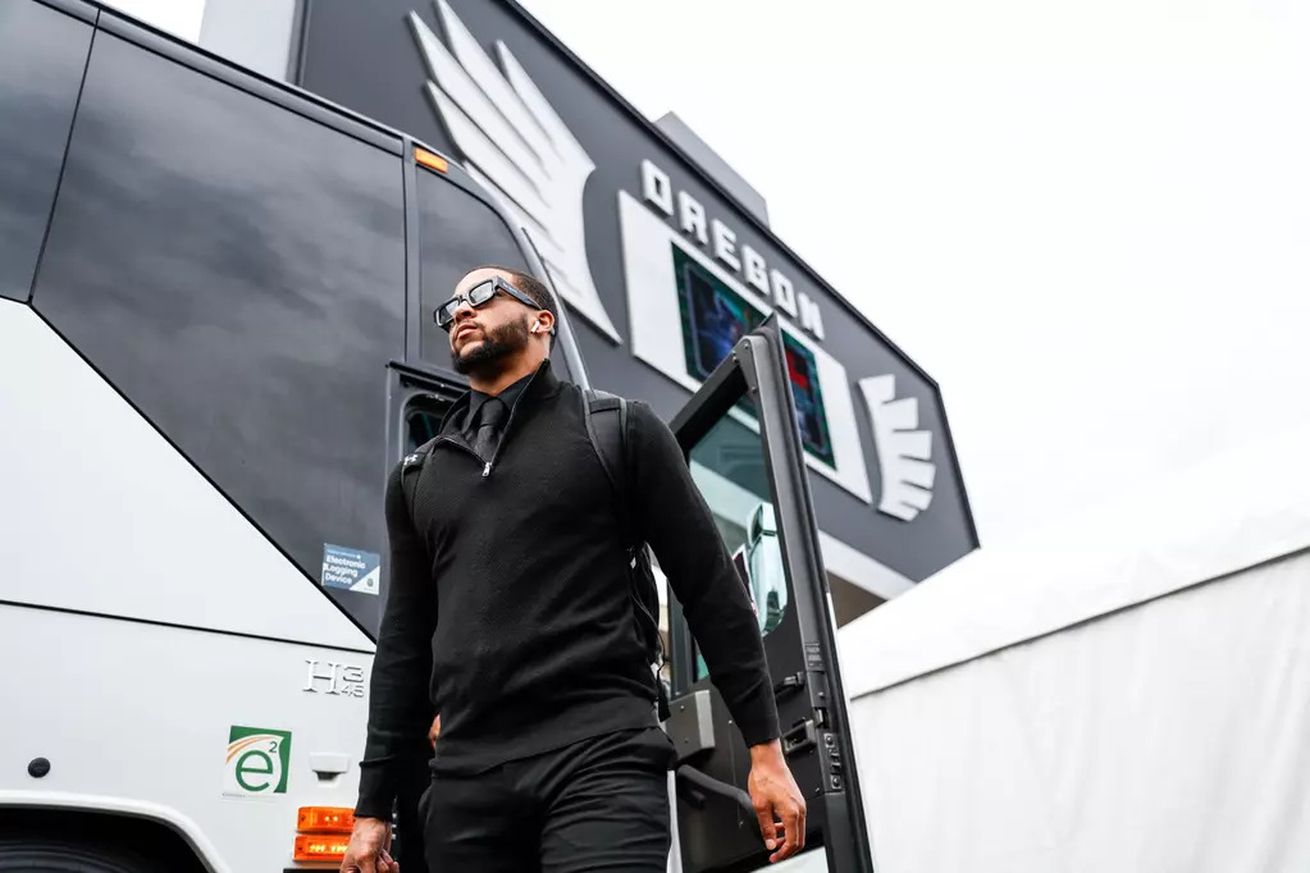
Maryland student-athletes are now forced to travel from coast to coast.
With 18 Big Ten schools scattered around the country — including the newly-added UCLA, USC, Oregon and Washington — student-athletes are being challenged academically, mentally and physically.
“We are trying to learn on the fly how this is going to work and just prepare our athletes,” Maryland volleyball head coach Adam Hughes said.
Testudo Times video reporter Ricky Podgorski details the impact of the expansion on student-athletes.
The Big Ten added four West Coast schools in 2024, expanding the conference to a total of 18 teams, also leading to more travel for student-athletes.@R_Pods explores how the increase in travel is impacting student-athletes both on and off the field, as well as academically. pic.twitter.com/Whb5gMskJm
— Testudo Times (@testudotimes) December 13, 2024
Travel is one of the biggest hurdles, forcing student-athletes to cope with the increased distance.
“It is the challenge of the gamesmanship of how to travel out west and what gives you the best opportunity to be successful,” Maryland football head coach Michael Locksley said.
Maryland football traveled roughly 5,000 miles roundtrip to take on No. 1 Oregon, and for the players, the trip out west was easier said than done.
“The time difference, the long flight, kind of staying in the hotel,” former Maryland starting quarterback Billy Edwards Jr. said. “Normally when we go for an away game, we’re at a hotel for maybe 12-20 hours, not really that long, but now having an extended stay.”
For Edwards, the physical preparation was hours of additional planning. He said the nutritional staff gave the team vitamins and hydration packets before, during and after the plane ride.
“The biggest thing for me, even when we got back from Oregon it took me a couple of days, was just the sleep, the time difference of sleep,” Edwards Jr. said.
And sleep is arguably the most important part of preparation when traveling, according to Dr. Stephanie Coakley, a sports psychologist at Temple University.
“We can go for about 21 days without food, about eleven days with water, you can go about four or five days without sleep. And that tells you sleep is more important than food and water,” Coakley said.
When athletes are on buses or in planes, the quality of sleep goes down, and the risk of injury goes up.
“It’s going to be difficult if you’re traveling that much to increase your sleep as the season goes on,” Coakley said.
Beyond physical challenges, mental stressors are mounting.
“The issue is going to be the player welfare management,” Tammi Gaw, a board member of the Drake Group, an organization that advances positive legislation for student athletes, said.
With all the travel, physical hurdles, and extra academic demands, student athletes are at a serious risk, according to Gaw.
“The system has been built to keep athletes as nothing but disposable commodities that they’re going to wash their hands of in four years or less,” Gaw said. “And they have a depth chart to just roll up the next person. The next widget in the cog.”
But arguably the most difficult element student-athletes have to tackle every day are academics, and with the increased travel, the student element of student-athlete is getting that much harder.
“The self-discipline to be a full-time student and full-time athlete is unbelievable,” Associate Athletic Director of Academic Services at the University of Maryland Brady Rourke said.
Rourke believes the stressors of student athletes missing significant class time could impact grades and overall information retention. To compensate, athletes and schools are changing their academic game plans.
“We traveled with three academic staff members with the team on that trip to Oregon,” Rourke said.
“When we were having class at 7 p.m. East Coast time, we were practicing out there in Oregon State, so I had to email my professor,” Edwards said.
Locksley thinks the changes and efforts off the field have allowed his squad to focus on the field. But it’s still no easy task for the student athletes, who, with one season under their belts, will have to adapt to a new normal.
“There’s been all these changes but I’m trying to embrace it all,” Edwards said. “Just enjoy it whether we get to take a six-hour flight out to Oregon or we get to play Southern Cal. or a West Coast team at home, just enjoy it.”
For more video content, you can follow Ricky on X at @R_Pods. Also remember to follow Testudo Times at @testudotimes.
